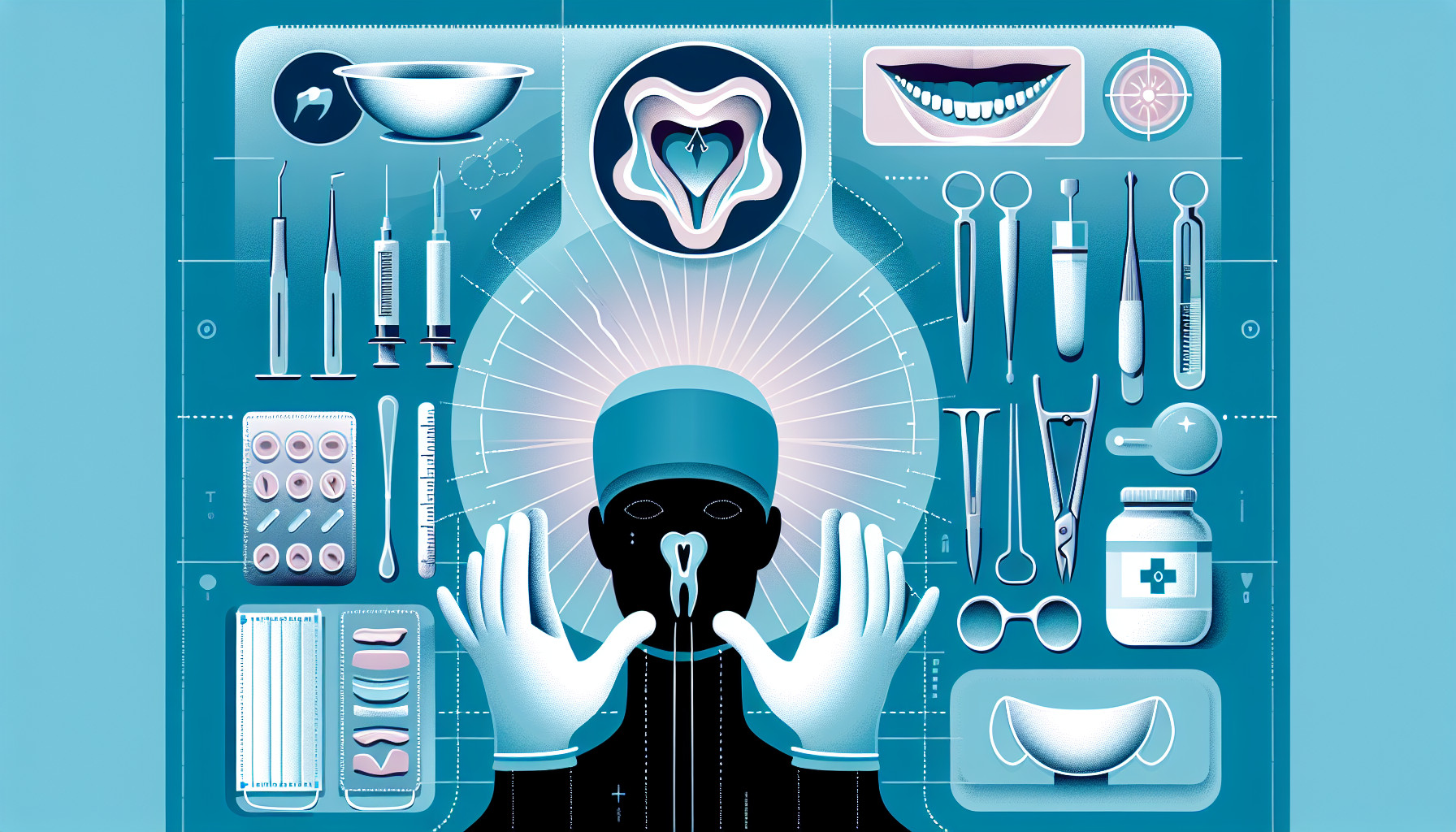Our Summary
The research paper discusses a new method of jaw surgery (orthognathic surgery) called the modified C-osteotomy technique. This approach may help solve two common problems in jaw surgery. The first problem is the risk of damaging a significant nerve in the lower jaw (the inferior alveolar nerve) when a specific type of surgery (sagittal split osteotomy) is performed multiple times. The second issue is the difficulty in correcting a specific type of jaw misalignment (malocclusion) that happens after a part of the jawbone (condyle) gets worn out or resorbed. The modified C-osteotomy technique could potentially reduce the stress on the worn-out portion of the jawbone, reducing the risk of the problem recurring. It might also lower the risk of nerve damage in the lower jaw.
FAQs
- What is the potential risk of repeated sagittal split osteotomy in orthognathic surgery?
- How can the modified C-osteotomy technique help in the management of malocclusion following condylar resorption?
- How does the modified C-osteotomy technique help in reducing the risk of inferior alveolar nerve damage?
Doctor’s Tip
A helpful tip for oral surgery is to follow all pre-operative and post-operative instructions provided by your surgeon. This may include avoiding certain foods or activities before surgery, taking prescribed medications as directed, and practicing good oral hygiene to prevent infection. Additionally, be sure to attend all follow-up appointments to ensure proper healing and address any concerns promptly.
Suitable For
Patients who may be recommended for oral surgery include those with:
- Severe malocclusion or misalignment of the jaw
- Temporomandibular joint (TMJ) disorders
- Impacted wisdom teeth
- Facial trauma or injuries
- Cleft lip and palate
- Sleep apnea
- Oral cancer
- Corrective jaw surgery for cosmetic reasons
- Dental implants or other reconstructive procedures
Timeline
Before oral surgery:
- Initial consultation with an oral surgeon to discuss the procedure, risks, and expectations.
- Pre-operative appointments for medical evaluation and imaging studies.
- Patient may be advised to stop certain medications or adjust their diet leading up to the surgery.
- Patient receives instructions on fasting before the surgery and post-operative care.
After oral surgery:
- Patient is monitored in the recovery room until they are stable.
- Pain management and antibiotics may be prescribed to manage discomfort and prevent infection.
- Patient is advised on post-operative care, including diet restrictions, oral hygiene, and activity limitations.
- Follow-up appointments are scheduled to monitor healing and address any concerns or complications.
- Patient gradually resumes normal activities and follows up with their oral surgeon for long-term outcomes.
What to Ask Your Doctor
What specific oral surgery procedure do you recommend for my condition?
What are the potential risks and complications associated with this surgery?
How long is the recovery time for this surgery and what can I expect during the recovery process?
Will I need to follow any specific post-operative care instructions or restrictions?
What are the expected outcomes of the surgery in terms of correcting my malocclusion or other oral issues?
How many times have you performed this specific surgery and what is your success rate?
Are there any alternative treatment options to consider before proceeding with surgery?
How will the surgery affect my facial aesthetics and overall appearance?
What is the likelihood of damage to the inferior alveolar nerve during the surgery, and how will this be monitored and managed?
How will the modified C-osteotomy technique specifically benefit me compared to traditional surgical approaches?
Reference
Authors: da Costa Senior O, De Temmerman G, Falter B, Politis C. Journal: J Craniofac Surg. 2021 Sep 1;32(6):2202-2204. doi: 10.1097/SCS.0000000000007511. PMID: 34516059
